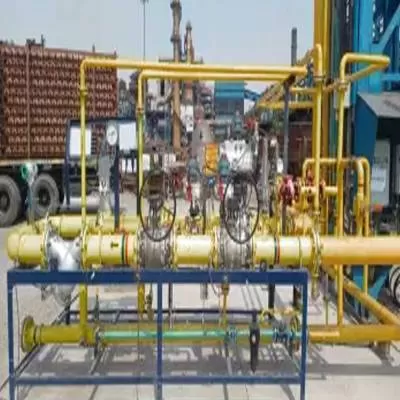
Mumbai, Feb. 3 -- Tata Steel has achieved a significant milestone in India's clean energy journey by becoming the first Indian steel company to develop pipes specifically designed for hydrogen transportation. These pipes, processed at Tata Steel's Khopoli plant using steel manufactured at its Kalinganagar facility, have successfully met all critical requirements for transporting hydrogen, marking a major step forward in the country's National Hydrogen Mission.
The entire technology development process, from designing and manufacturing hot-rolled steel to producing the pipes, was executed in-house. This achievement underscores Tata Steel's capability to deliver advanced energy infrastructure solutions domestically. In 2024, Tata Steel became the first Indian company to produce hot-rolled steel for gaseous hydrogen transportation, further solidifying its position as a leader in the sector.
The hydrogen-compliant API X65 grade pipes are capable of transporting 100% pure gaseous hydrogen under high pressure (100 bar). Rigorous testing was conducted at RINA-CSM S.p.A in Italy, a globally recognised agency for hydrogen-related testing and certification.
The National Hydrogen Mission aims to produce at least 5 million metric tonnes (MMT) of green hydrogen annually by 2030, with potential to scale up to 10 MMT with export demand. This ambitious goal will require substantial investments in hydrogen generation and transportation infrastructure.
While multiple hydrogen transportation methods exist, steel pipelines are considered the most economically viable for mass transportation. The demand for hydrogen-compliant steel is expected to rise significantly from 2026-27, with an estimated requirement of 350KT over the next 5 to 7 years.
Tata Steel's breakthrough not only positions India as a key player in the global hydrogen economy but also highlights the company's role in driving sustainable industrial growth. As India strides toward its clean energy goals, Tata Steel's innovation in hydrogen transport pipes is set to play a pivotal role in shaping the future of energy infrastructure.
Published by HT Digital Content Services with permission from Construction World.
